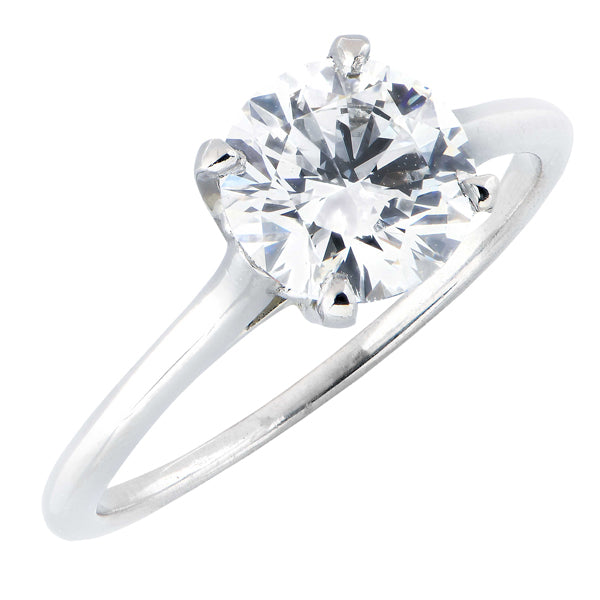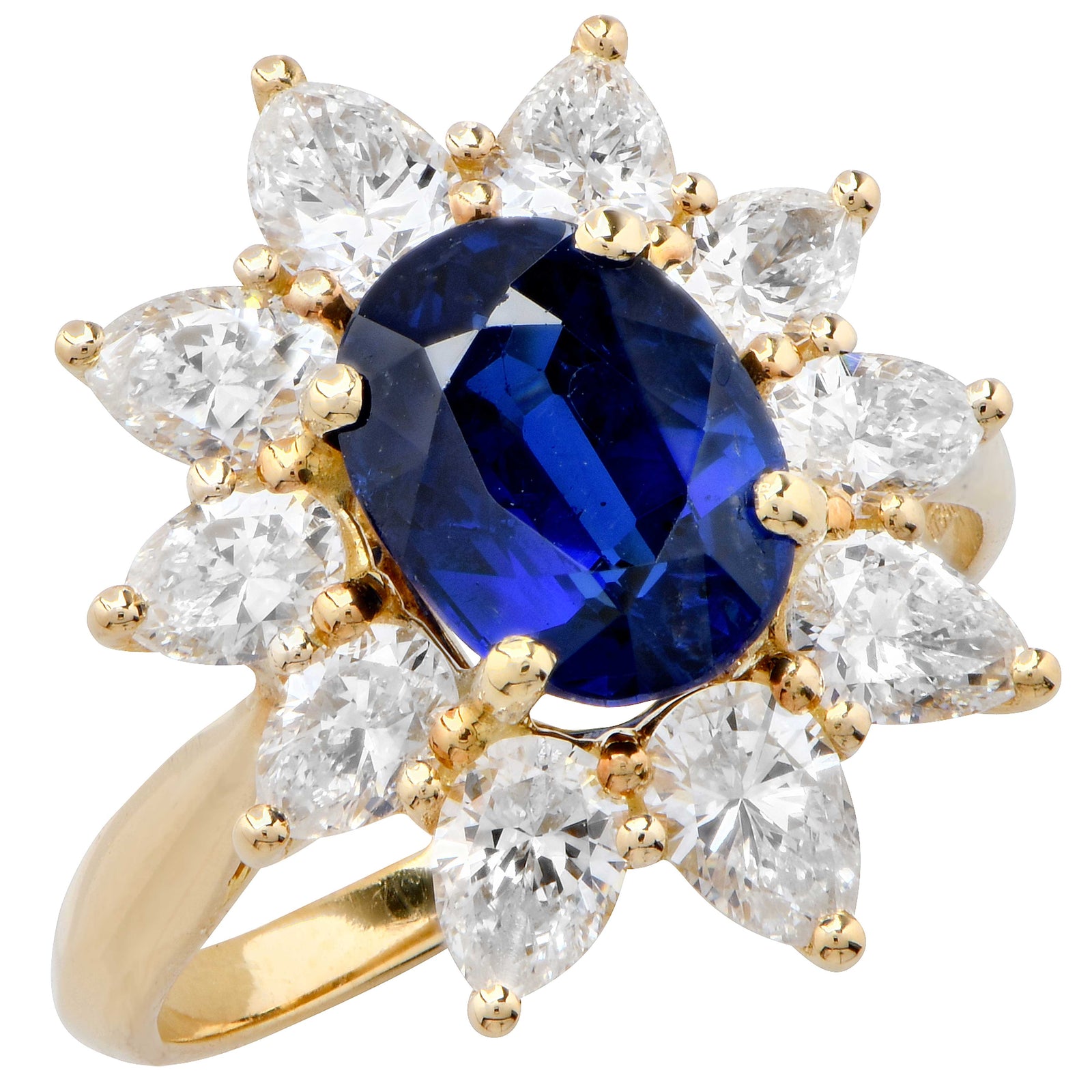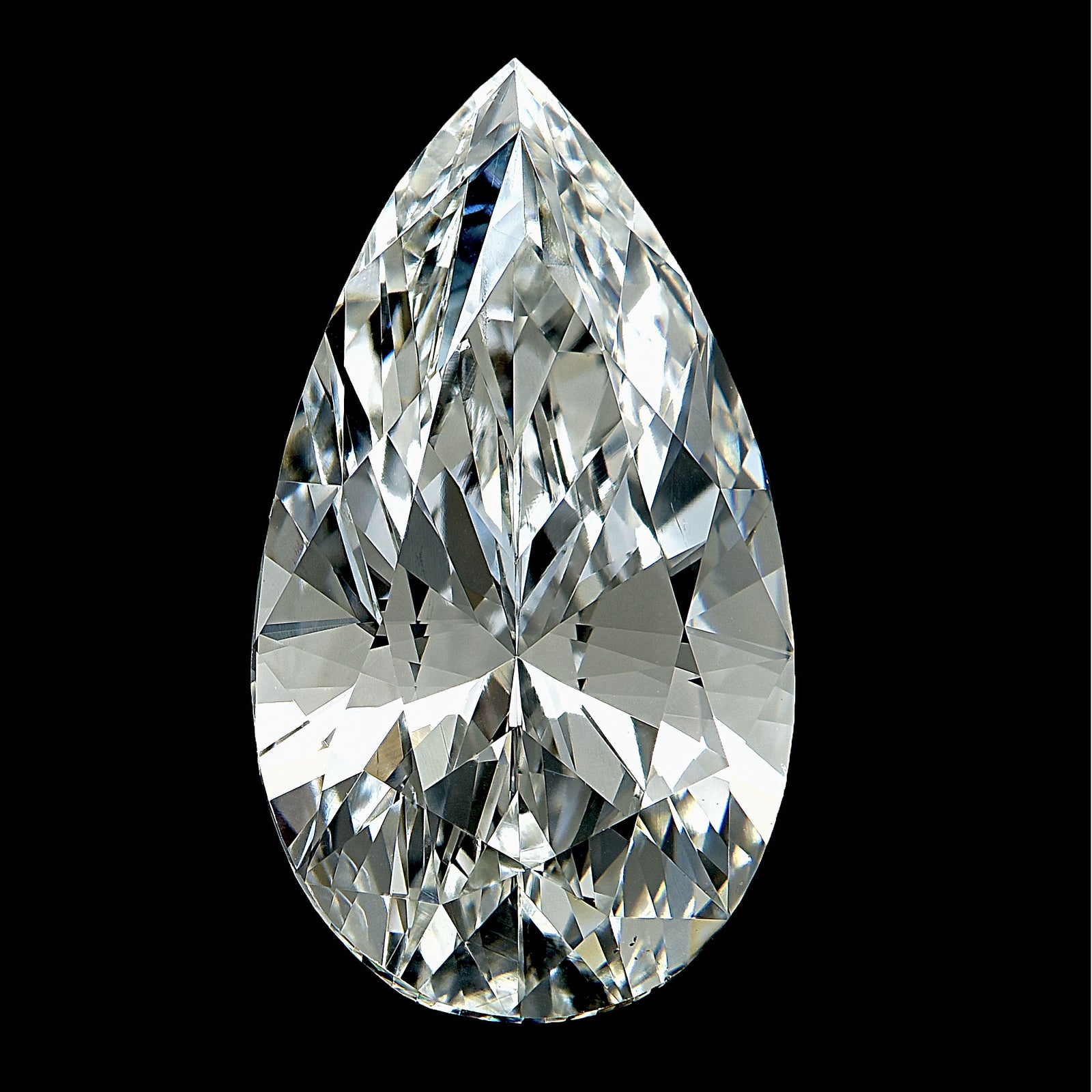Gold is the most widely used metal in jewelry. It has been in used since before Egyptian times. Gold is suited for jewelry as it has an innate luster and it is extremely malleable. Gold can be shaped through extruding, stamping, casting, and hand forming. Gold’s ability to be easily shaped and its resistance to cracking are two of the most important reasons to use gold in jewelry. We can make almost anything out of gold and generally, pure gold is hypoallergenic.
There are three main color variations of gold that are in common use in jewelry, Yellow, Rose and White. Unlike platinum, gold is alloyed at many concentrations. The most common gold alloy is 14 karat gold, which is 58.33 percent pure gold and 41.7 percent other metals. Commonly used to alloy with gold are Platinum or Palladium to make white gold, copper and silver to make yellow gold, and copper to make rose gold. Aside from these there are other alloy combinations which jewelers use to create specific colors and the rainbow can be duplicated using different alloys and blending techniques. The color of your design’s metal is crucial to bring out the most of the gemstones being used. Also a variation of finishes, such as matte, high polish, and brushed are able to bring out different stages of depth and can radically affect the look of your finished design.
18 karat gold is 75 percent gold and it is widely used in high end jewelry and can render beautiful colors and when alloyed with palladium creates a wonderful white gold which takes and retains a high polish. When featuring a gemstone which is green or red in color, yellow gold can create a marvelous background for the gemstone and make it pop visually. Blue or purple gemstones are better featured using white gold as it emphasizes the richness of the stone’s color. When purchasing a ready made design you should keep in mind that 18 karat gold is 75 percent gold, 14 karat gold is 58.3 percent gold and 10 karat gold is 41.6 percent gold. In the US the SEC requires that jewelry be 10 karat or higher in order to be called gold jewelry.
When designing an engagement ring we should take into consideration the following when choosing a metal:
- What color jewelry does the client like to wear most.
- Does the client have any allergies associated with metals.
- What will be the center or main stone.
- Will the client wear a band next to the ring we are designing.
- Will the client wear a diamond band next to the ring we are designing.
Once we have determined the above we can move on an select the metal. While gold is very widely used, there are a few who suffer from allergies to some of the metals alloyed with gold. Therefore, we must get to know our client and chose the metal carefully. I personally like the durability of gold and the color of platinum. I have designed many rings which have gold holding the main stone and platinum for the shank. This creates a hypoallergenic ring with the strength of gold securing the main stone.
Gold is a very good choice for many. If you would like to sit down and talk about what choices we can offer just stop by or call for an appointment.
In my next article I will talk about choosing a diamond for your engagement ring. There is a lot more than the 4 C’s to talk about.












